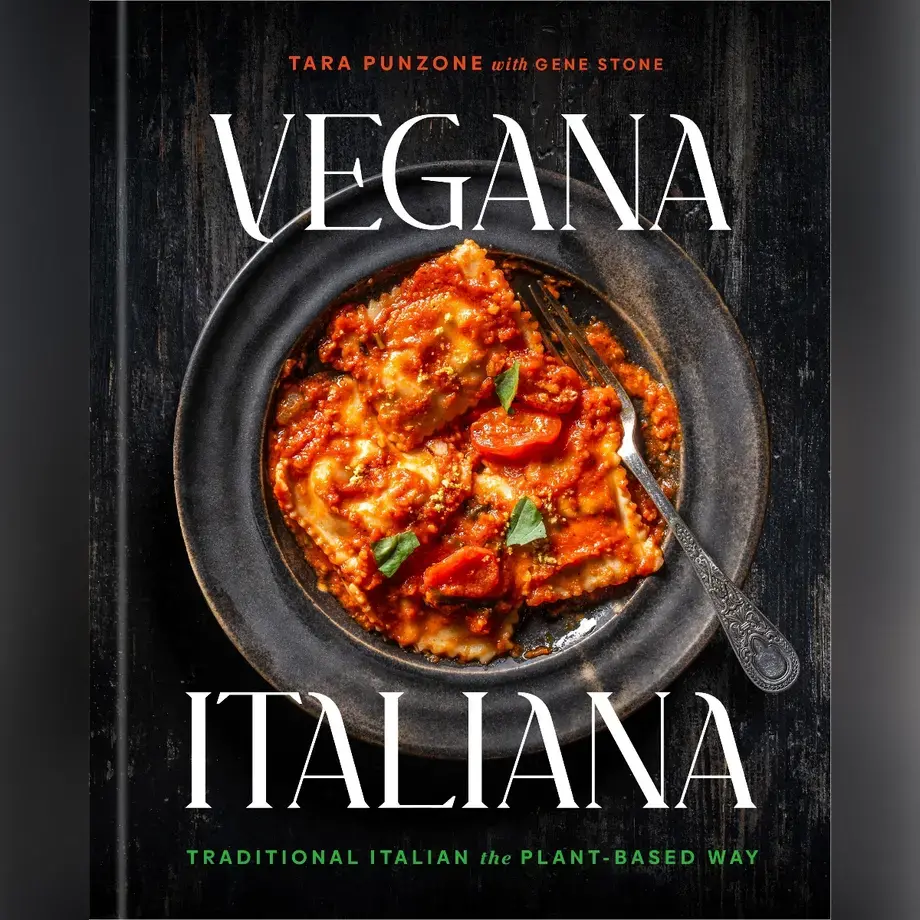Mention mascarpone and most people will probably think of everyone’s favourite Italian dessert, tiramisu. Made from double or triple cream, this soft Italian cheese has a rich, buttery texture and a luxuriously creamy, slightly sweet taste profile. It is best known as a dessert ingredient, but works just as well for adding a hint of creaminess to savoury dishes.
Mascarpone is thought to have been developed in the late Middle Ages in Lombardy, a region famous for its dairy products, including other famous cheeses like Grana Padano, Gorgonzola and Taleggio. It is used in several regional dishes from Lombardy, and is considered a speciality of the area.
No one knows exactly where the name ‘mascarpone’ comes from, with the two most popular theories both involving perceived similarities to other dairy items. The first is that the name derives from mascarpa, an unrelated milk product made from stracchino whey, and the second is that it comes from mascarpia, a word in the local dialect for ricotta.
People tend to assume that mascarpone is a cream cheese, but despite the name, cream cheese is usually made from milk, while mascarpone is actually made from cream. It contains at least twice as much fat as most cream cheeses - typically between 50 to 75 percent fat in total - giving it a rich, melting flavour and smooth, spreadable consistency.
Unlike many cheeses, which use animal rennet as a thickening agent, mascarpone uses acidic substances like lemon juice, vinegar or citric acid to curdle the cream and thicken it into cheese. This means that mascarpone is suitable for those following a vegetarian diet, and you can even make a vegan version by swapping the cream for coconut cream.
How to Make Homemade Mascarpone: The Recipe
Quality mascarpone can be difficult to get hold of, not to mention expensive, but this delicious creamy cheese can actually be made in your own kitchen, and it’s fairly simple if you know how.
The good news is that homemade mascarpone requires just two, easily obtainable ingredients - whole cream (or heavy cream) and lemon juice. You will need approximately one tablespoon of lemon juice for every cup of cream. The less good news is that it does require some precision, so you have to make sure you watch it the whole time. A candy thermometer is a must for this recipe. If you don’t already have one you’ll need to invest in one or get a friend to lend you theirs in exchange for some mascarpone treats when you’re done.
The technique basically involves alternatively heating and cooling the cream, adding the lemon juice part way through to help it thicken. Pour the cream into a small saucepan and heat over a medium heat, stirring constantly to avoid scorching. Temperature is very important for this recipe, so keep checking with your thermometer throughout. When the cream reaches 185 F (85 C), remove from the heat and allow it to cool to 140 F (60C). Repeat the process, heating the cream to 185 F (85 C), but this time adding the lemon juice before allowing it to cool to 140 F (60C) again. When you’re done heating the cream, pour it into a glass bowl to cool completely.
Now the cream is cool, you need to drain off the whey until you’re left with only the thick, creamy curds. Rest a sieve over a large bowl to catch the liquid, and line the sieve with a tea towel or a few layers of cheesecloth. Pour the cream into the lined sieve and refrigerate for 24 hours. When you come back, you should find your sieve full of properly thickened mascarpone. For best results, use it right away, otherwise it can be stored in the refrigerator for 3-4 days.
Alternatives to Mascarpone
If you’re out of mascarpone and you don’t have time to make a fresh batch, there are plenty of alternatives you can use as a substitute, although some are better suited to sweet dishes, and others to savoury.













